Operations are underway to install Iran's first floating production, storage and offloading vessel, named FPSO Cyrus, at the offshore crude oil layer of South Pars, the giant gas field that is shared between Iran and Qatar in the Persian Gulf, managing director of the Iranian Offshore Oil Company said.
“As soon as the vessel is anchored to the seabed, the unit will start drawing hydrocarbon from subsea wells via pipelines," Hamid Bovard was quoted as saying by Shana on Saturday.
An FPSOs is a ship-shaped vessel, with processing equipment aboard the vessel's deck as well as hydrocarbon storage units. After processing, an FPSO stores oil or gas before offloading periodically to shuttle tankers or transmitting processed petroleum via pipelines.
According to Bovard, FPSOs can be disconnected from their moorings, thus they are optimal for areas that experience adverse weather conditions. One of the main advantages of an FPSO is in deep waters where laying a pipeline is usually not cost effective or even practical.
"Several wells have been drilled in the oil layer of South Pars and grounds are ready to extract crude oil from the shared field," he said, noting that 30,000 barrels per day of oil on average will be produced in the first production phase.
"It is expected that connecting the wells to the vessel via pipelines would take one month and as soon as the piping operation is complete, extraction will begin."
Iran hopes to increase output to 55,000-60,000 barrels per day in the second phase of production from the South Pars crude oil layer.
South Pars oilfield is located in the center of the Persian Gulf, about 130 kilometers off Iran's coast, and adjacent to Qatar's territorial waters, holding an estimated 7 billion barrels of oil in place. The field is the northeastern extension of Al-Shaheen oilfield in Qatar.
The small Arab neighbor, which started extracting oil from the field in 1991, has already drilled more than 300 wells with the help of international oil giants. It has reportedly extracted more than 1 billion barrels of crude from the joint field during the last 25 years.


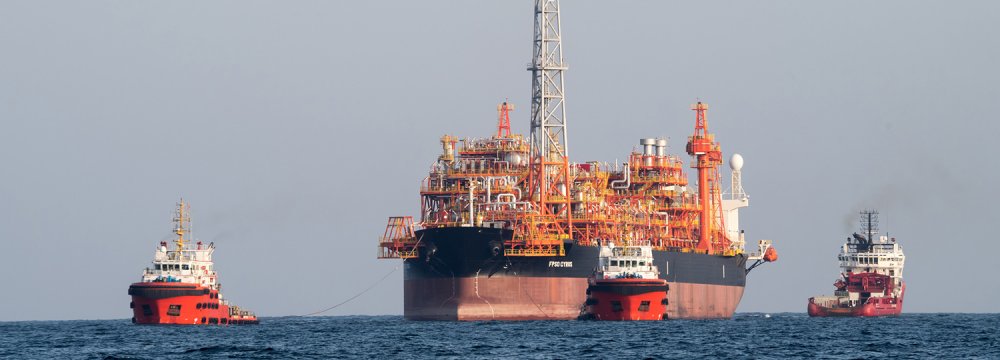

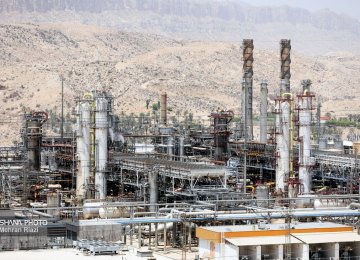
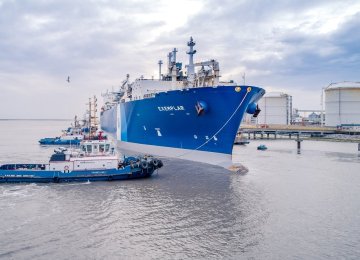
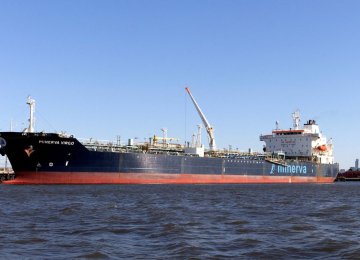
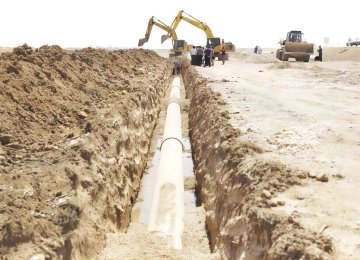
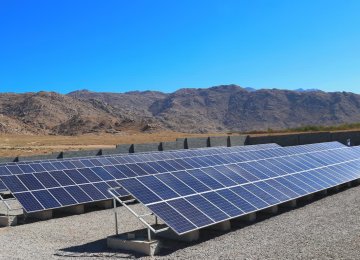


Add new comment
Read our comment policy before posting your viewpoints